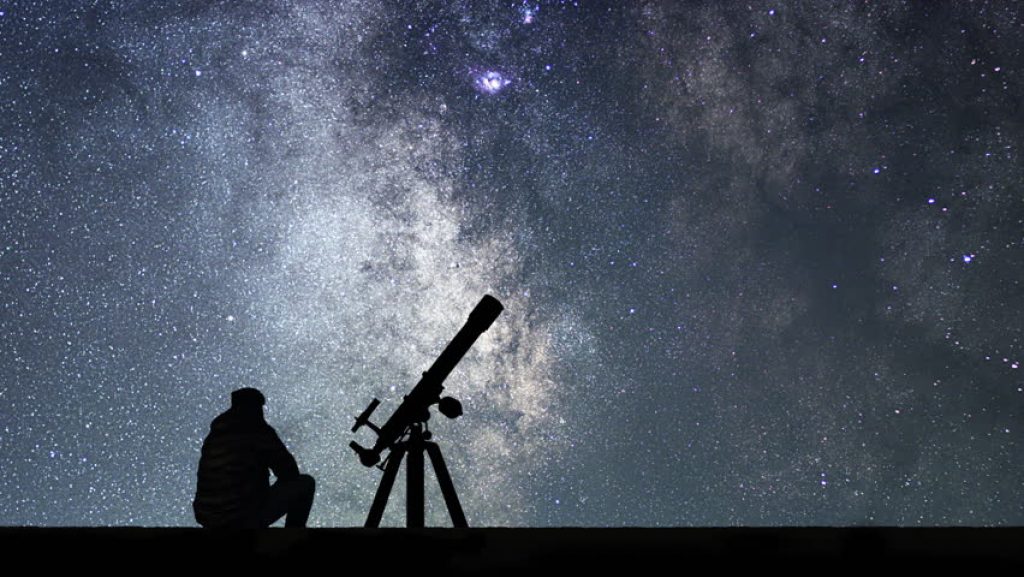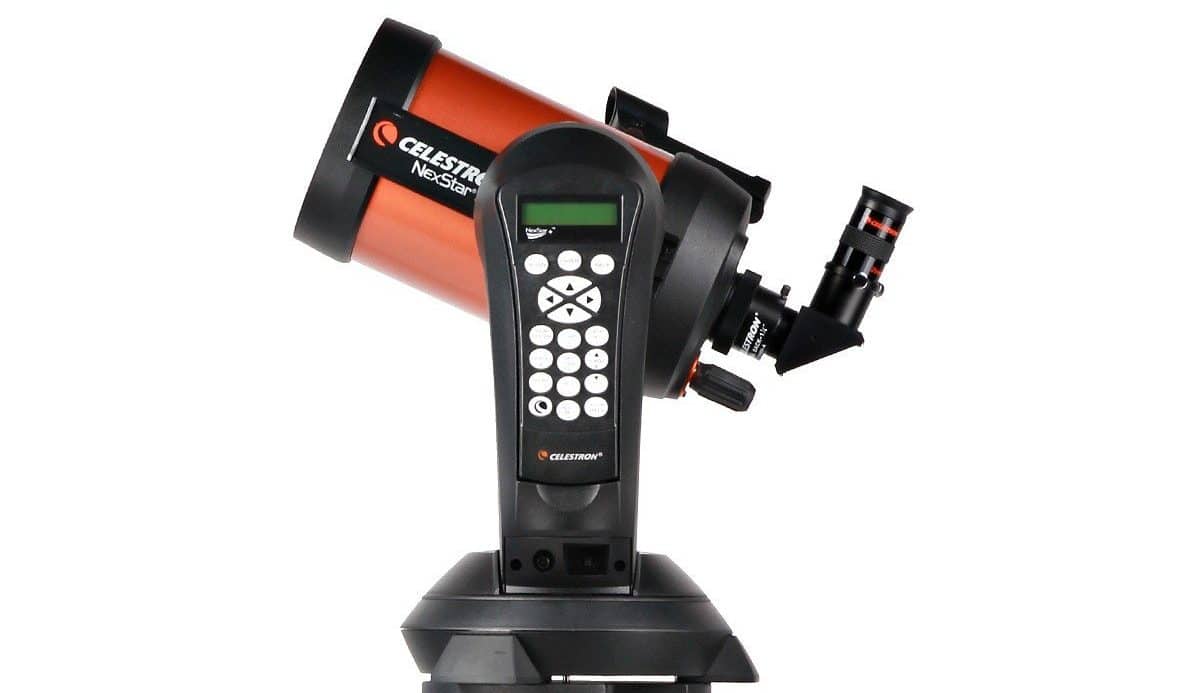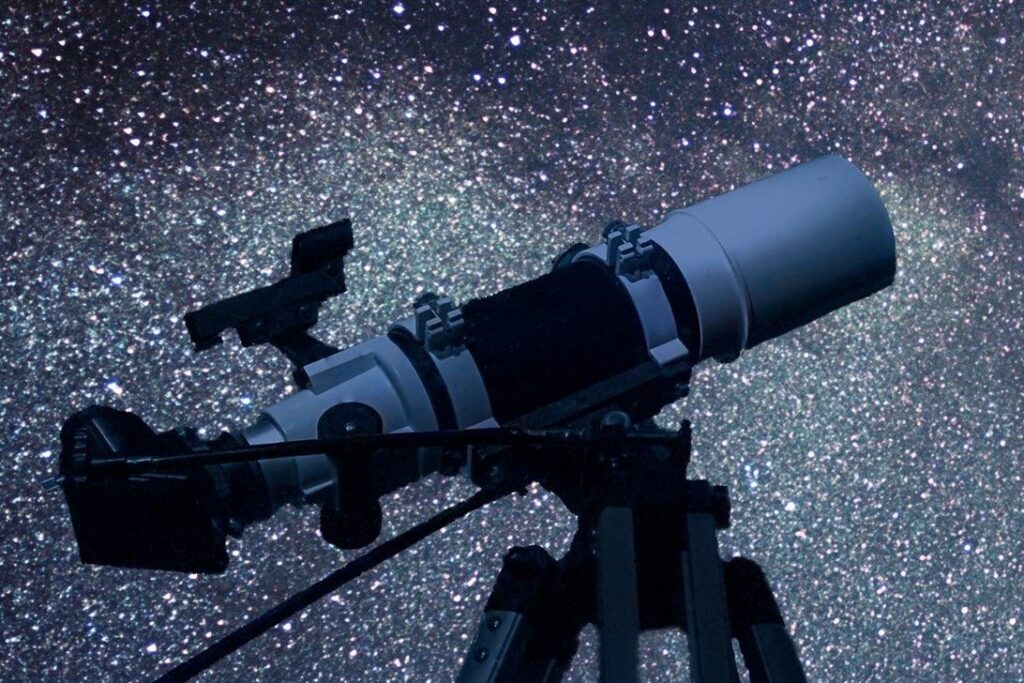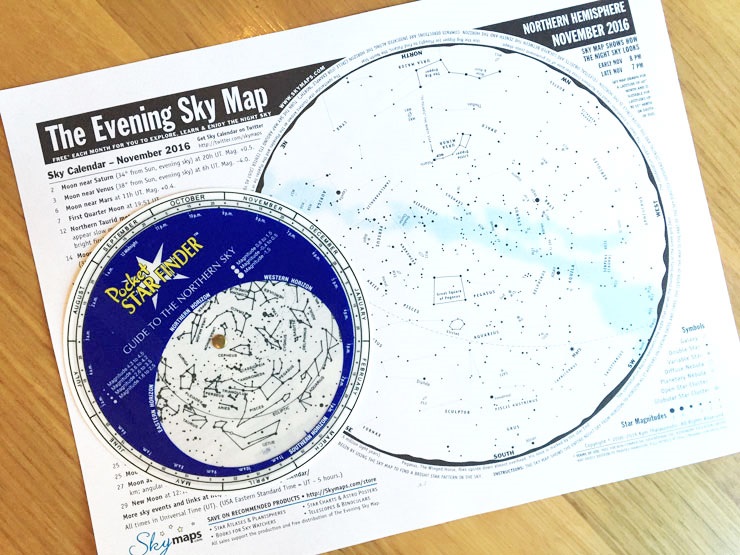Astronomy is one of the most enthralling activities in the world. Just ask an astronomer and watch as he attempts to explain the beauty of stargazing, albeit futilely because the experience of astronomy is just indescribable unless you personally experience it. However, getting into astronomy with a telescope that cannot view the planets is like eating bread without butter. If you are looking to relish the complete beauty of our galaxy, then you must be ready to purchase the best telescope for viewing planets.
Every planet provides something different and unique to observe – the rings of Saturn, the surface detail on Mars, or the clouds bands on Jupiter are only a couple of the more prevalent planetary features you can enjoy with your scope. But, while deciding to purchase a telescope for viewing planets is one thing, actually buying a functional one is another one. To help you find the right model for your needs, we have combed the internet to bring you the top five models. Our picks were chosen based on a couple of key criteria which include the type of the telescope, its aperture, its focal length, the included mount, and its eyepiece.
Being a result of a research that went on for tens of hours, this article is a comprehensive piece that is designed to be your guide as you shop for the best telescope for viewing planets and galaxies. It contains a comparison table to ease you into the article, a section that has in-depth reviews of the products on our list, and a buying guide section that is packed with critical purchasing tips and information to aid your buying decision.
More features: includes a 6×30 Finder Scope; free Special Edition of Starry Night astronomy software
Compared to other models in its category, the Orion SpaceProbe is an affordable and strong scope that is ideal for beginners. It offers you precise and clear direction alongside powerful visual abilities to provide you with clear and interesting views of the night skies. The SpaceProbe has exceptional attributes for greater viewing abilities and incredible compactness without compromising on the optics quality.
The Orion SpaceProbe has outstanding layout features such as a uniquely designed holder and a parabolic mirror. The parabolic mirror is used to sharpen the images created by the unit, in spite of its shorter tube. The SpaceProbe from Orion won’t offer elegant features or the wider aperture often found on higher end scopes, but it provides pleasant views of the galaxies, planets, moon, and a lot more. If you are thinking about taking an astrophotography suitable telescope – that model is right for you.
Combining an affordable price, compactness, high-quality optics, and StarryNight applications in one unit, this is one of the best options you’ll find. Apart from its low specification EQ mount which a lot of users seem to have an issue with, there are not many bad surprises with this unit.
More features: coated all-glass optics; comes with an adjustable, full height steel tripod with accessory tray
The Celestron 22065 is a high-performance refractor telescope that is perfect for beginners. It’s so convincing that some buyers claim to employ it for professional uses as well, despite its reasonably affordable price. This model features a focal length of 660mm and an aperture of 102mm, which is more than what you will find on most beginner scopes on the market. Although this unit is fairly heavy and large, it remains somewhat portable, which allows for outdoor use. It weighs only 14.1 pounds, which makes it the best lightweight telescope for viewing planets. Thus, you can easily carry it with you on your hunting trips or shooting excursions.
It comes with two eyepieces (20mm and 10mm), which offer you great adjustability and allow you to watch distant and near objects easily. The unit also comes with a Red Dot Finderscope to enable easy tracking of objects. Apart from delivering bright and crisp images, this scope makes them upright as well, thanks to the Image Erect Star Diagonal which vertically and horizontally corrects images. The package includes focus knobs with adequate resistance, enabling you to easily focus.
It also uses an altazimuth mount, which is sure to improve your focusing skills even if you are a beginner. There is a panning handle clutch on the mount to enable you to tilt the scope whichever way you want. Lastly, it comes with Astronomy Suite software to improve your observation. Although we wish the unit came with a case to house the components, but it’s a really good choice for both newbies and pros.
More features: fully automated GoTo mount with database of 40,000+ celestial objects automatically locates and tracks objects
Despite being a very portable model, the Celestron NexStar 5 SE is one of the most powerful telescopes on this list. The telescope has a small, light design which makes it easy to set up and transport. As with other similar models from Celestron, the 5CE comes with a single mount which makes transportation a lot easier. Besides, it can be disassembled into smaller parts which adds to its overall portability.
Furthermore, the Celestron NexStar 5SE is an easy-to-use computerized telescope, regardless of your skill level: it comes with a feature that enables it to align itself automatically and provides a database of around 40,000 nocturnal objects. Consequently, you can effortlessly adjust your telescope, recognize the celestial bodies you see, and even make the scope show particular nighttime objects with little fuss.
Additionally, the Celestron NexStar 5SE provides an aperture of five inches that enables it to make the most out of the available light to achieve the best possible pictures. The included eyepiece offers a magnification of 50X and the incorporated SkyAlign technology lets even beginner stargazers to easily and quickly align their telescope by focusing it on three nighttime objects. You can also use the scope with camera attachments if you want to take pictures of the sky.
The Celestron 5SE has only one drawback, which is that the included 8AA batteries have a short life and can only run for around two hours. As a result of that, you need an optional source of power for longer stargazing trips.
More features: includes EZ Finder II aiming device, eyepiece rack, and Starry Night software
The Orion 10016 StarBlast 6 comes with several features that make it appealing for people looking for a portable and convenient viewing instrument. Perhaps, its most notable feature is its tabletop design. It features a durable reflector base that provides a hassle-free way to put the telescope on a car hood or table to watch the sky. Additionally, the small base comes pre-assembled, which allows beginners to easily set their scope up instantly.
While this scope is great for amateurs, it provides optics and views that will please experienced astronomers as well. It comes with a six-inch aperture that lets in a lot of light. Additionally, the telescope features reflector technology which utilizes mirrors to collect the light and convey it to the eyepiece. The reflector technology makes for more precise images because the light colors have less tendency of getting distorted when passing through the scope.
Other features you’ll find on the unit include two eyepieces for sharper views and greater magnification, and also a focal ratio of 750mm. Weighing just 23 pounds at full assemblage, this scope is compact and has inbuilt carry features which improve portability. The height of the scope is ideal for kids, and adults can also enjoy it by placing it on a car hood or table. The only drawbacks with the scope are that it must always be set on something and it comes with cheap, plastic focuser.
More features: includes a 2x Barlow lens that doubles the magnifying power of each eyepiece
Meade Instruments is another highly reputable company in the sphere of telescopes, and the Meade Instruments 216003 is another sign that the company doesn’t seem to be resting on its laurels. With a focal length of 900mm, you can expect this scope to deliver high-quality images. While the 3.5-inch aperture may seem like it’s not a lot, it effectively opens up the heavens since the optics are of high quality. This model is especially great for beginners looking for a simple instrument to watch the planets.
The f/6.7 focal ratio of the scope is just medium speed, but it’s quite decent enough for a beginner astronomer. However, the most remarkable thing about this telescope is its durable and stable German equatorial mount, which is the most recommended mount for beginner and expert astronomers alike. The mount has slow motion controls to make tracking of cosmic objects simple and smooth. The unit also comes with three eyepieces (26mm, 9mm, and 6.3mm) which provide you with varieties for different viewing situations. The included 2x Barlow lens effectively doubles the amplifying power of every eyepiece.
While several users of this equipment think that it is not easy to assemble, they all agree that it does provide great views of the Moon, which means it’s an ideal option if you are looking for simple integration into space watching.
Now that you’re done reading our reviews for the best telescopes for viewing planets, take a look at our buying guide. We believe it will be of great help in your search for the best telescope for viewing the moon and planets.
It’s quite easy to view planets with a home telescope, you just need to follow a couple of steps. First of all, find the precise location of the planet you want to view at the observation time. You’ll find sky almanacs online that will tell you the planet’s location, azimuth, and altitude at any time.

Now, point your scope at the object. Use your finderscope to aim and make adjustments on the primary telescope. If your scope has an adjustable magnification, begin at lower magnification to locate the planet, and switch to higher magnification levels afterward to see the details. Focus your telescope with the aid of the planetary disk’s edge. The circular edge ought to be clear and sharp when the scope is focused correctly.
Adjust your scope to counterbalance for the apparent motion of the sky. Since the Earth is steadily rotating, the sky seems to shift position from time to time. This rotating motion will quickly take the planet you’re viewing out of your sight. Scope drive motors are capable of matching this steady motion, or you can even manually move the scope every couple of minutes.

There are three main types of scopes and each type has its strengths and weaknesses. Scopes are usually categorized by their abilities to collect light and their approaches. When looking for the perfect model to view through light pollution, there is no better choice than the refractor type. Refractor scopes are also suitable for lunar and planetary observations. On the other hand, reflector scopes are suitable for deep-sky viewing and aren’t really great at viewing through light pollution. They need constant adjustment and alignment if you use them on a regular basis. The third type is the compound scope, which is a combination of refractor and reflector elements. They are ideal for general sky watching and perform excellently when viewing through light pollution.
The telescope’s aperture size is a huge factor you need to consider when purchasing a scope since it determines the amount you will be able to see through the scope. There is a proportionality between the telescope’s size and the resolving power, which is the ability of the scope to show details. Basically, this means that the greater the resolving power, the more the telescope will be able to display nearby objects one by one.
Big scopes are able to collect more light, allowing you to see fainter objects. Especially vital if there is pollution in the sky. Some models with big aperture sizes on this list include the Orion 10016 StarBlast 6 and our Editor’s Choice, the Orion 09007.

One very key feature of any scope is its mount. The mount provides the stable position which is fundamental for a crisp and clear image. Generally, there are two main telescope mounts on the market – the equatorial mount and the altazimuth mount.
In recent times, however, some computer-controlled mounts have been gaining popularity among beginners, as there are numerous objects in their databank.
The eyepiece plays a significant part in planet viewing. To get a clear and crisp planetary image, you’ll require an eyepiece that has a high magnification and a short focal length. When thinking about viewing planets, you need to keep in mind that the eyepiece must not go beyond a magnification of 50X for each aperture inch. For instance, you shouldn’t go beyond a magnification power of 200X if you have a scope with a four-inch diameter (aperture).
When it comes to astronomical telescopes, bigger doesn’t always mean better. It is ideal that you go for a long focal length, particularly if you are intending to view high-power objects such as double stars, Moon, or planets.
Therefore, if you intend to see galaxies, then choose a scope that has a large objective. However, if you are only into the Milky Way or sparkling showpieces, then you can make do with a small, short scope.

The prime focus method allows you to append your camera with the telescope directly without the eyepiece or lens. For this method, you need to purchase a T-adapter and a T-ring that are compatible with your telescope and camera.
Our top pick is the Orion 09007 for its superb combination of high quality with affordability, something rarely seen nowadays. While this unit doesn’t come with all the bells and whistles of more expensive models, it’s a great value for money, making it the best affordable telescope for viewing planets and galaxies.
Coming in at second place is the Celestron 22065 Astro Master. With excellent adjustability, great performance, high portability, and easy assembly, not many people can argue against the quality of this unit.
The Celestron NexStar 5 SE, which happens to have the longest focal length out of all the products here, is our third favorite. With over 40,000 nocturnal objects in its database, coupled with its great optics, this unit was a quite easy choice. While it’s somewhat more expensive than most similar models, it offers great value for money.





